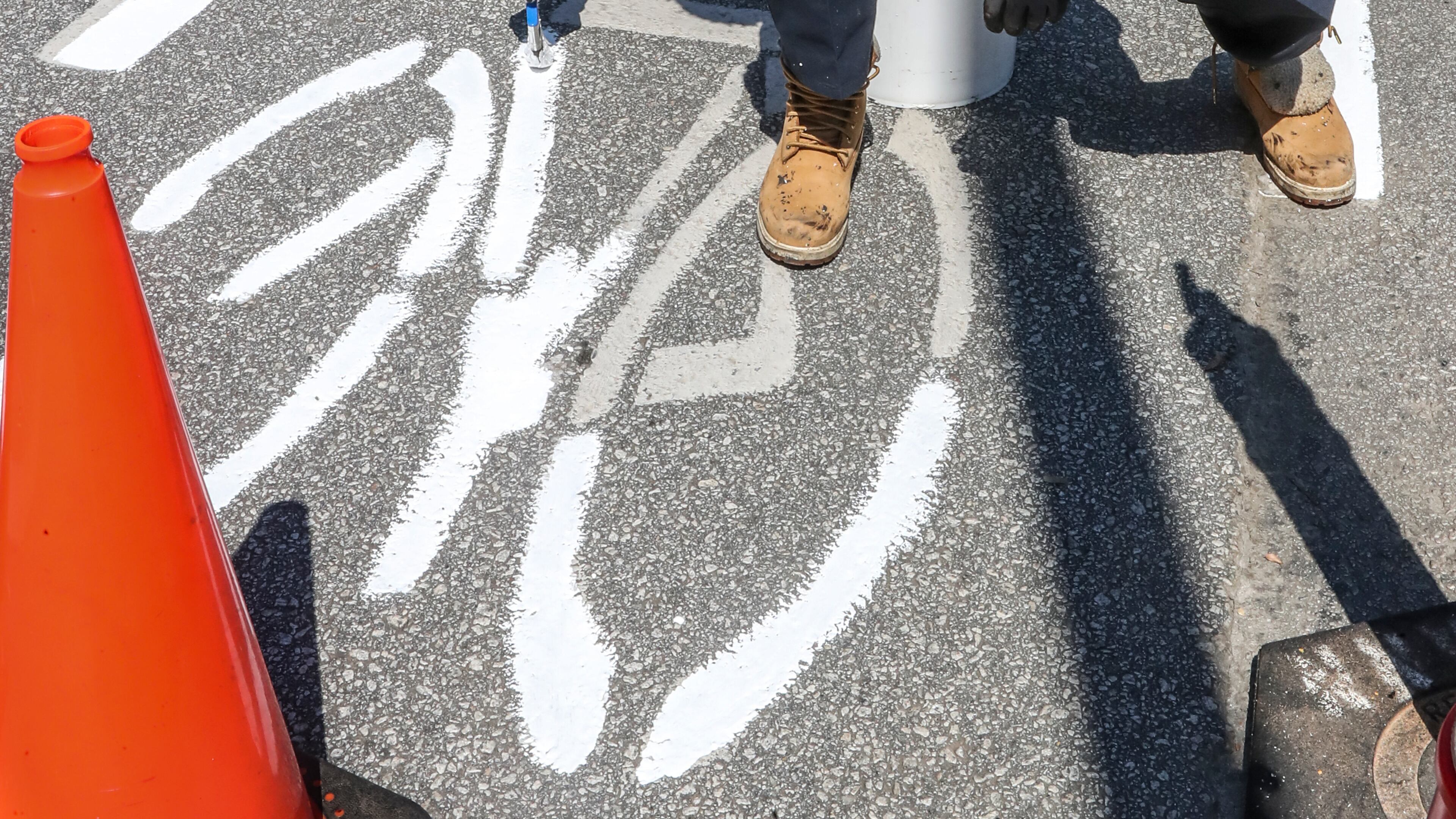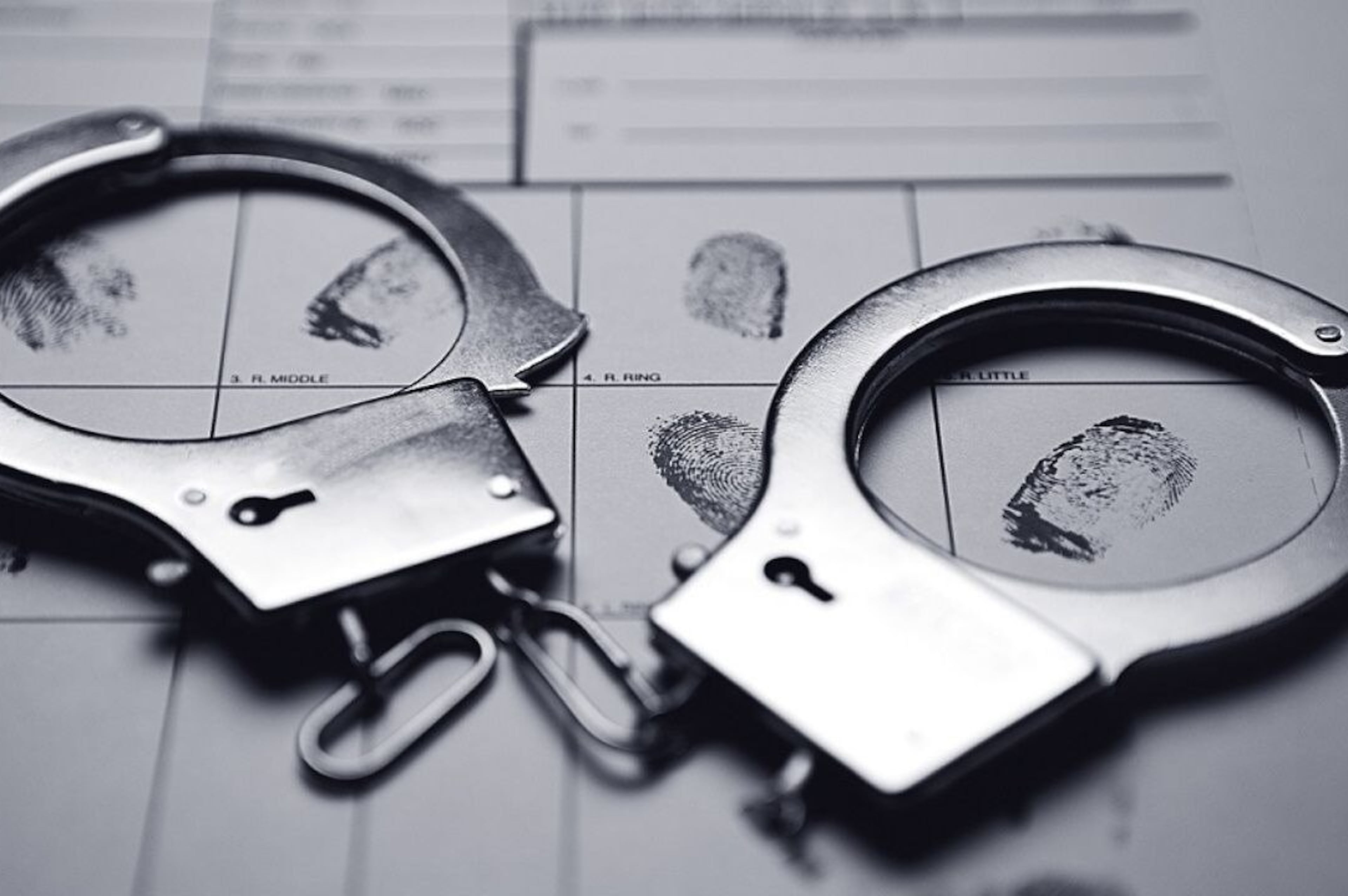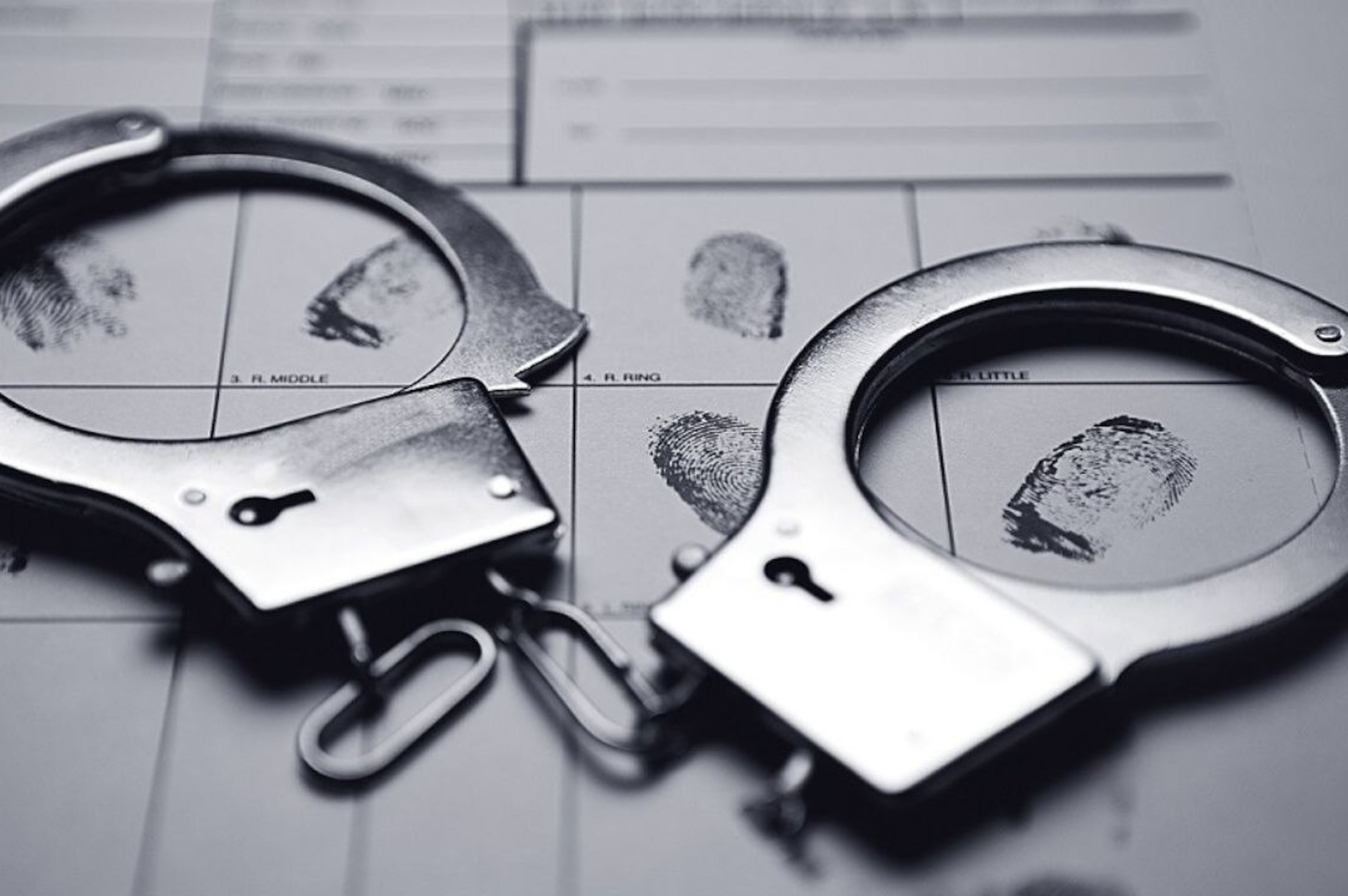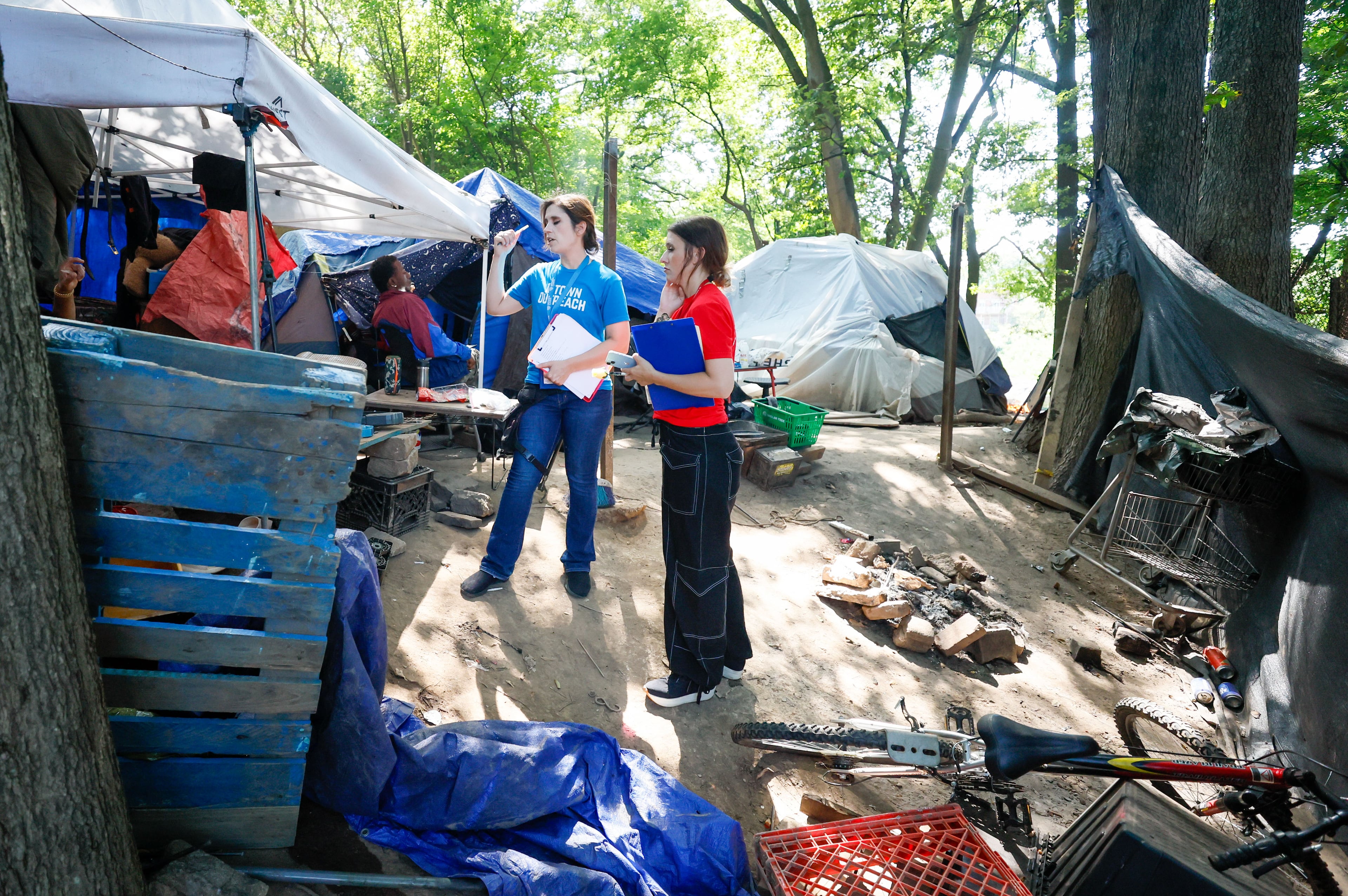Gridlock Guy: Exploring painting curved lanes and other speed-curbing ideas

One of Jesus’ most famous parables discusses how we judge other people. In Matthew 7:3, he said, “Why do you look at the speck of sawdust in your brother’s eye and pay no attention to the plank in your own eye?” Of course, this means that we see the small faults of others often before we see our own major missteps.
Many people shake their fists and complain about drivers speeding, especially ones on their own streets or ones who are going faster than them. But, with good ol’ human nature at work, we excuse ourselves when we may do something similar on someone else’s street.
A Pennsylvania town implemented a new way to fight excessive speeding. Montgomery Township, about 15 miles north of Philadelphia, saw its road crews paint curved traffic lines on two-lane Grays Lane. The city said in a March 28 Facebook post that, “These traffic calming measures are being installed due to the numerous complaints/concerns we receive from residents about the ‘speedway’ Grays Lane has become.”
The city also had planned on installing delineators — or skinny pylons — to make sure that passersby actually adhere to the new topography. And they said that they made the decision after talking to engineers, safety officers and their public works department. They just didn’t tell the residents.
As is often the case with any change, neighbors mostly disliked the plan and told CBS News Philadelphia. Some indicated that they would rather see speed bumps.
As it turned out, neighborhood outrage won.
“After receiving residents’ comments, the Board chose to remove the system from Grays Lane and is evaluating other traffic calming measures,” a city spokesperson told The Atlanta Journal-Constitution.
Painting curved lanes is certainly a novel innovation, but versions of it exist. A post on Smats Traffic Solutions’ blog from 2021 names eight different kinds of speed-reducing techniques. Four of them involve narrowing lanes or building in curves to force traffic to slow. One of those four is even the construction of roundabouts.
Installing wavy lanes certainly is cheaper and takes less time than building the road or curbs in a different shape.
So, where would something like this in Atlanta make sense, and could it work?
One thing that engineers would have to consider is the balance between slowing down top speeds and not causing traffic delays. For example, as egregious as super speeders are on GA-400, painting wavy lines would bottle up traffic in a bad way during peak driving times.
Montgomery Township decision-makers deployed this tactic on an arterial road. These are the roads that are generally the most deadly in the U.S. Arterials are basically the medium between freeways and neighborhood streets. Bigger arterials are usually divided by a double-yellow line and have speed limits of 35 mph or above. And they have stop lights, driveways, vehicles stopping for deliveries, others waiting to make left turns, pedestrians crossing and numerous other obstacles. The space on these roads invites extra speed but requires quick uses of the brakes. They are a recipe for trouble, and the stats show it.
Would creating wavy lanes make sense on major Atlanta arterials like Johnson Ferry Road, Covington Highway, Tara Boulevard or Clairmont Road? That is also tough to answer. These thoroughfares often have multiple lanes in each direction. Creating super-curvy lanes that adjoin each other could end up presenting more problems than solutions.
Grays Lane, the aforementioned curvy road in Pennsylvania, runs for less than a mile and connects two bigger arteries. It truly is a neighborhood street and only has a stop sign at each side. Most of Grays lacks the double “no passing” stripe, but the area Montgomery Township had added curves does. Grays is likely a cut through between the bigger roads, which would mean it invites hurried drivers who do not live in the neighborhood through which they speed.
Some arterial highways are bigger than interstates and are horrendous environments for pedestrians and cyclists. Eliminating or narrowing lanes, such as what is happening on Buford Highway in Brookhaven, would kill two birds with one stone: Speeds would decrease, and pedestrians would have more room to move in a safer environment.
If city officials in metro Atlanta decide to paint curved lanes, they should do a better job than Montgomery Township did of informing neighborhoods first. The court of public opinion is not always correct, but needs to be respected.
The status quo is not good enough. Too many people die on the roads and slight nudges — like painting curved stripes, narrowing lanes, installing chicanes in curbs and lowering speed limits — are worth exploring.
Doug Turnbull has covered Atlanta traffic for over 20 years and written “Gridlock Guy” since 2017. Doug also co-hosts the “Five to Go Podcast,” a weekly deep dive on stories in motorsports. Contact him at fireballturnbull@gmail.com.


